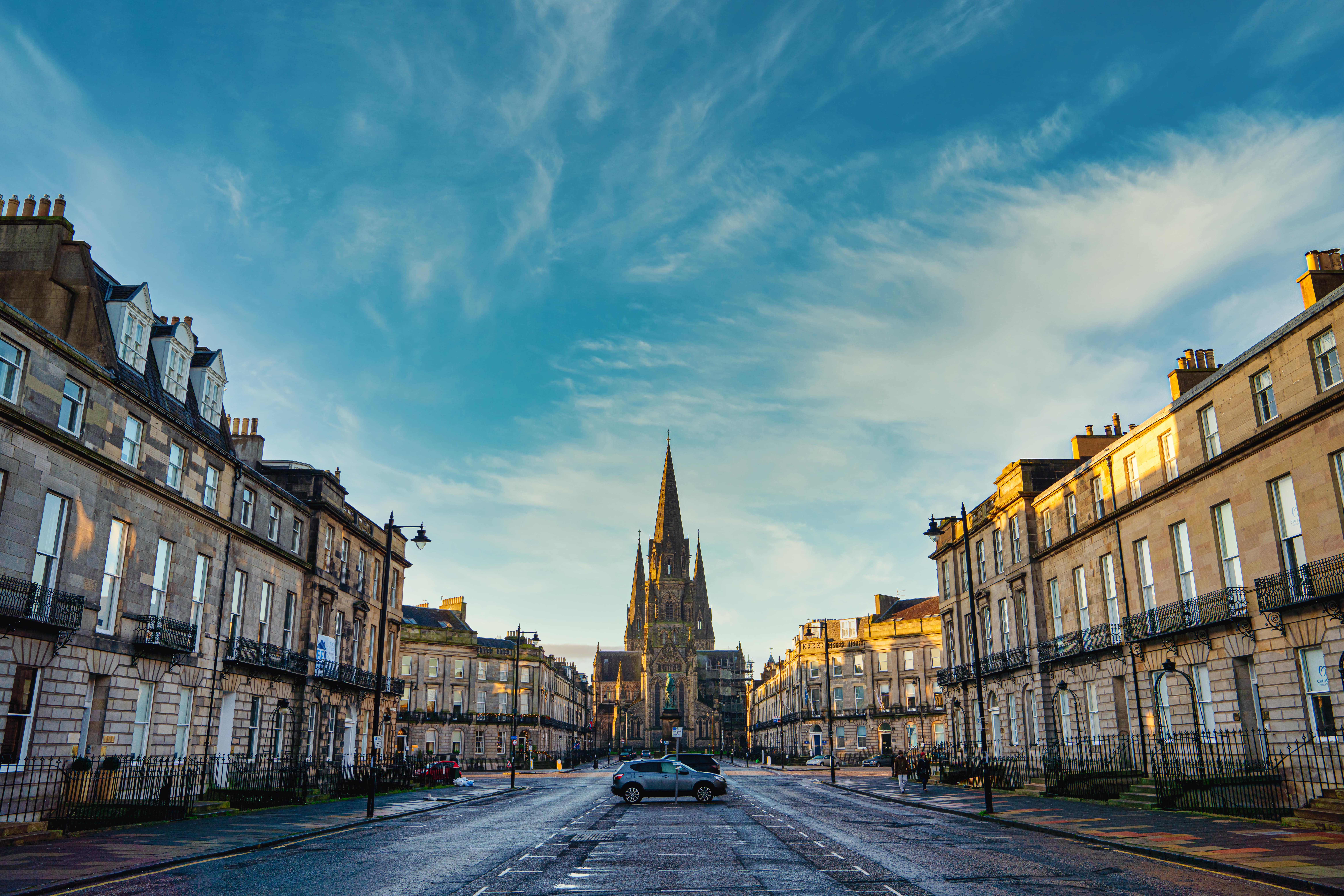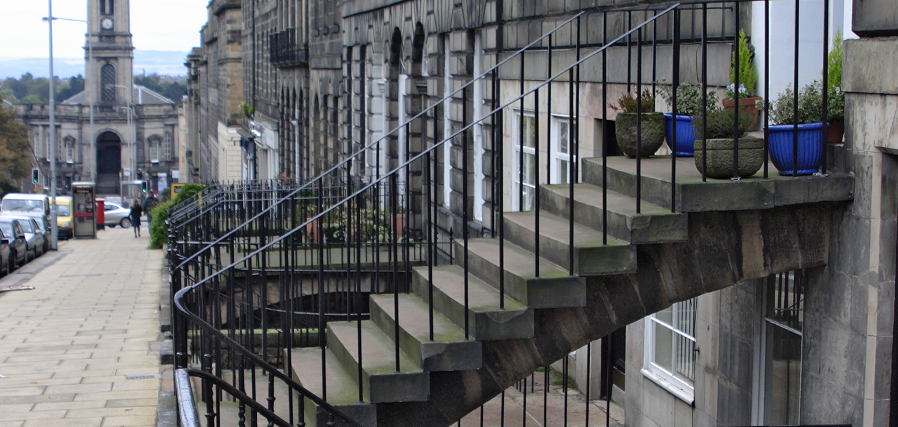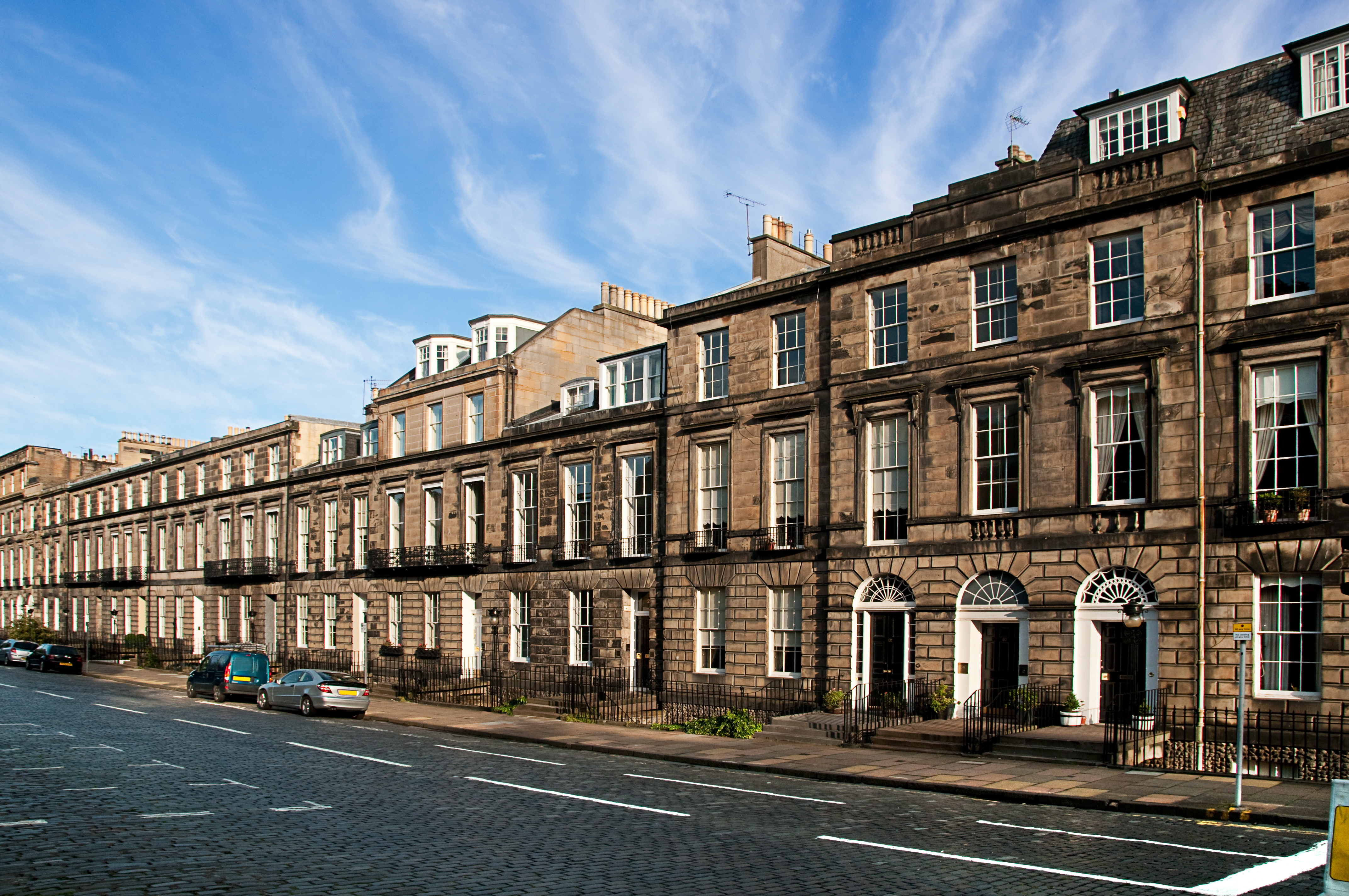Different types of rental properties for buy-to-let investors
Edinburgh is a vibrant city with a wide variety of residents from families to young professionals to its population of over 75,000 students.
The city claims to have more listed buildings than anywhere else in the world from traditional tenement buildings in the Old Town to the Georgian architecture in the New Town, as well as modern flats.
If you’re looking to embark on your buy-to-let journey or expand your portfolio, there are a wide variety of properties to choose from.

Tenement flats
Tenement flats can be found all over Scotland but Edinburgh tends to have older ones than other Scottish cities, with most dating from around the 17th century.
There is an official Scottish law which is used to define a tenement: according to Section 26 of the Tenement (Scotland) Act 2004, a tenement is: ‘Two or more related but separate flats divided from each other horizontally.’
Victorian tenement flats can be found in many different locations in Edinburgh such the South Side of the city which is close to Newington, Marchmont and Holyrood Park, and stretches down towards Morningside and Blackford. The area attracts students and young professionals due to its proximity to Edinburgh University.
Tenants are attracted to tenement flats due to their high ceilings, bay windows which let in an abundance of natural light, period features and good access to the city centre.

Maisonettes
A maisonette is a flat, usually within a larger block of flats, which has its own ground-floor level front door.
Maisonettes are closer to houses than flats as its name indicates (‘maison’ is the French word for house) and the living space is split over two floors. However, they don’t usually come with any private outdoor space, and if they do it’s a shared garden.
Maisonettes can appeal to tenants who want a property that is between a flat and a house – as they are more affordable than a house and are usually located in the city centre and close to amenities.
Stockbridge – which is just a stone's throw away from Princes Street, next to the New Town and Comely Bank – is full of maisonette flats.
Mews houses
Mews are rows or courtyards of stables that were built with living quarters above them for servants. As a result, they tend to have small rooms, low ceilings and only windows at the front of the property.
Mews properties were designed explicitly without windows at the back to prevent the occupants from seeing into the gardens of the grand houses they served. However, many of Edinburgh’s mews houses have been updated to maintain their original architecture, while also incorporating more modern features.
Today, mews houses are desirable places to live due to their privacy and potential additional space in the form of garages. The typical tenants of mews houses range from small families to young professionals who would benefit from living in the city.
Mews houses can be found on Circus Lane – a picturesque, cobbled street in Stockbridge where the colourful garages were once used as horse stables. There are also mews houses in Gloucester Lane in Edinburgh’s New Town, Inverleith Place Lane in Inverleith and Belgrave Crescent Lane in the city’s West End.

Colony houses
The Edinburgh Colonies are model dwellings built in the second half of the 19th century to provide improved living accommodation for the working class.
The buildings are instantly recognisable with front doors on opposite sides of the building and a staircase running down to the pavement. The first development was the Pilrig Model Buildings, near Leith Walk.
Colony homes are now highly sought-after due to each flat having its own front door and garden, and they sell quickly when they come to market. They can be found on Reid Terrace in Stockbridge, Dalry Road, Abbeyhill, North Fort Street, Restalrig Road and Slateford Road.

Townhouses
Historically, a town house (later townhouse) was the city residence of a noble or wealthy family, who would own one or more country houses, generally manor houses, in which they lived for much of the year and from the estates surrounding which they derived much of their wealth and political power.
Famous townhouses in Edinburgh include Bute House (the residence of the First Minister); Dundas House which is now the main branch of the Royal Bank of Scotland; John Knox House on the Royal Mile; Old Moray House in Canongate; Queensberry House, which is incorporated into the Scottish Parliament building, and The Georgian House – a restored 18th-century townhouse which is open to the public.
Edinburgh is full of townhouses which can mainly be found in the West End on Magdala Crescent, Drumsheugh Gardens, Chester Street and Palmerston Place. There are also townhouses on Moray Place in the New Town, and Calton Street and Danube Street in Stockbridge.

Terraced houses
The first terraced houses were built in England in the 17th century and were built in Scotland a century later.
There are grand terraced houses in Edinburgh’s New Town, built to replace the Old Town’s tenements. Architect Robert Adam’s Charlotte Square set a new standard for urban design in Edinburgh as he integrated the buildings into unified terraces. As a result, many terraced houses were then built within beautiful squares and crescents.
Characteristics of larger terraced houses include: a basement level where the kitchen is located; a ground floor that is slightly raised from pavement level and a living room with an alcove (originally to accommodate a sideboard).
Terraced houses are popular with families as they are usually close to a variety of schools. They can be found in Oxgangs, Wester Hailes, Blackford, Craiglockhart and Prestonfield.

Villas
In the 18th century, villas were built on the edge of towns and cities for middle-class families who wanted detached houses with gardens away from the pollution and noise of the city centre. Minto Street in Edinburgh was one of the first villa developments.
Villas usually have two floors, large gardens, and the main sitting room on the ground floor – differing to terraced houses where the drawing room was usually on the first floor.
This property type tends to be popular with families who want multiple bedrooms and access to outdoor space, but some villas which have been converted into flats are sought-after by young professionals. There are villas in areas such as Portobello, Joppa, Newington,Trinity, Gorgie and Corstorphine.
Bungalows
Bungalows can be great options for buy-to-let investors because the demand for them is strong. They first appeared towards the end of the 19th century and were built in Scottish suburbs in the 1930s.
Bungalows have great potential to add value in the future as the attic can be converted and they often have large gardens, leaving room for an extension.
With renters wanting more outdoor space after the pandemic, bungalows are a great option for young families, those with mobility issues or people who don’t want to live in a flat but aren’t ready to buy a large family home yet.
Bungalows can be found in Barnton, Balerno, Cramond, Craigentinny, Shandon, Currie and Corstorphine.
Get started with ESPC Lettings
If you’re interested in entering the buy-to-let market or are a landlord looking for advice, a new letting agent or a full property management service, ESPC Lettings can help. As a letting agent based in Edinburgh, we can assist with all stages of renting out a home, from finding the right property to sourcing tenants to property maintenance.
Get in touch with the team today on landlord@espc.com or 0131 253 2847.